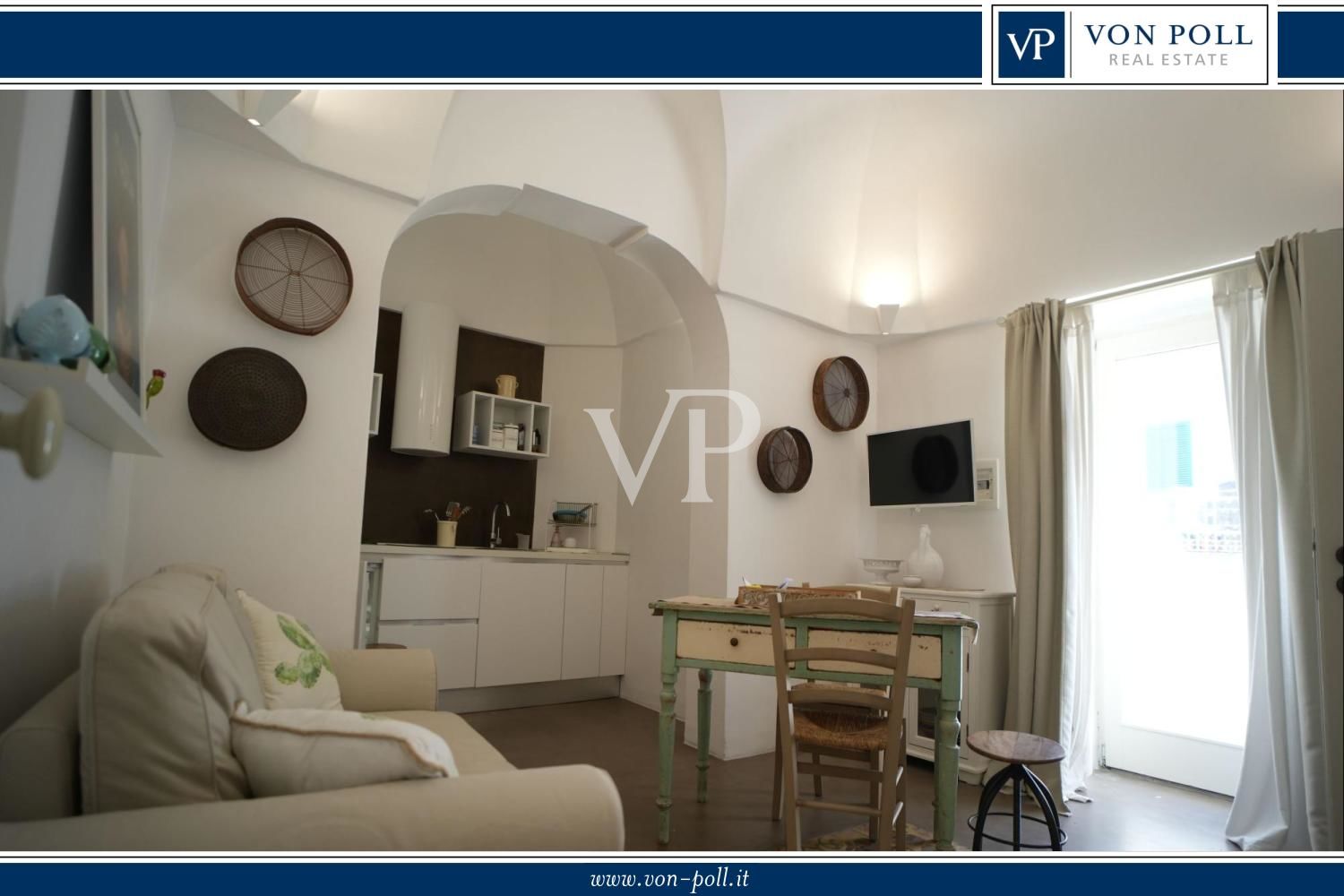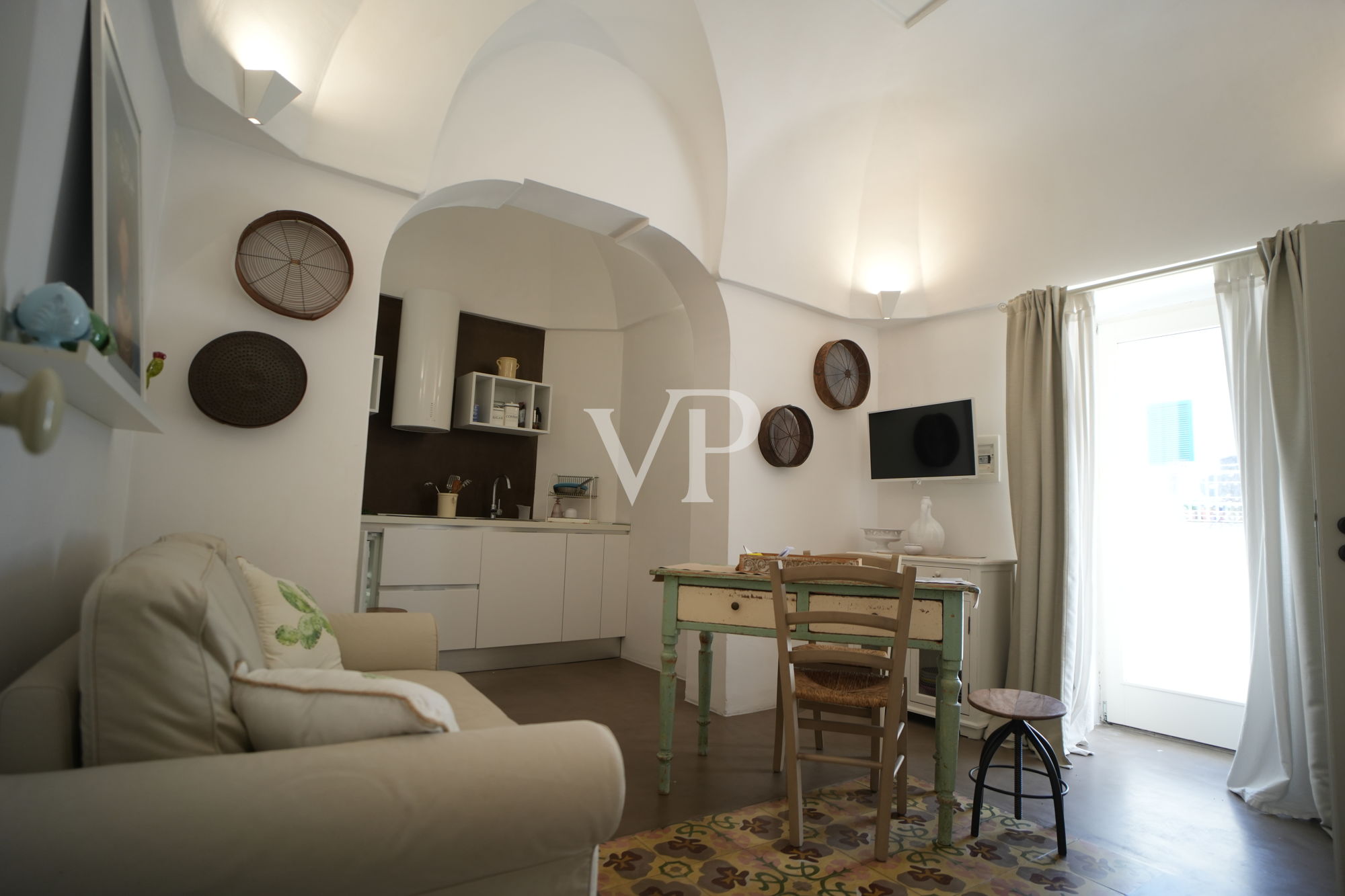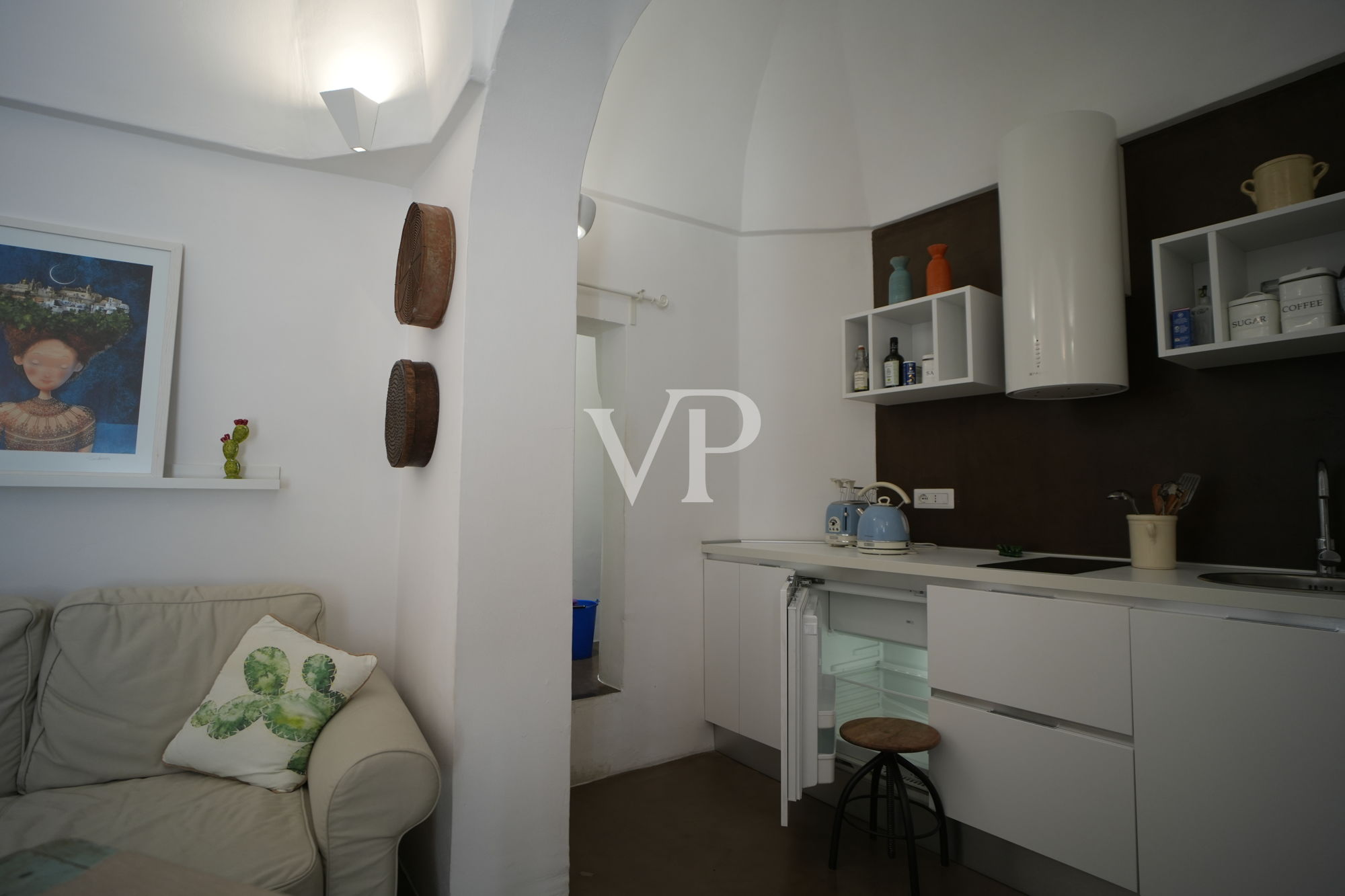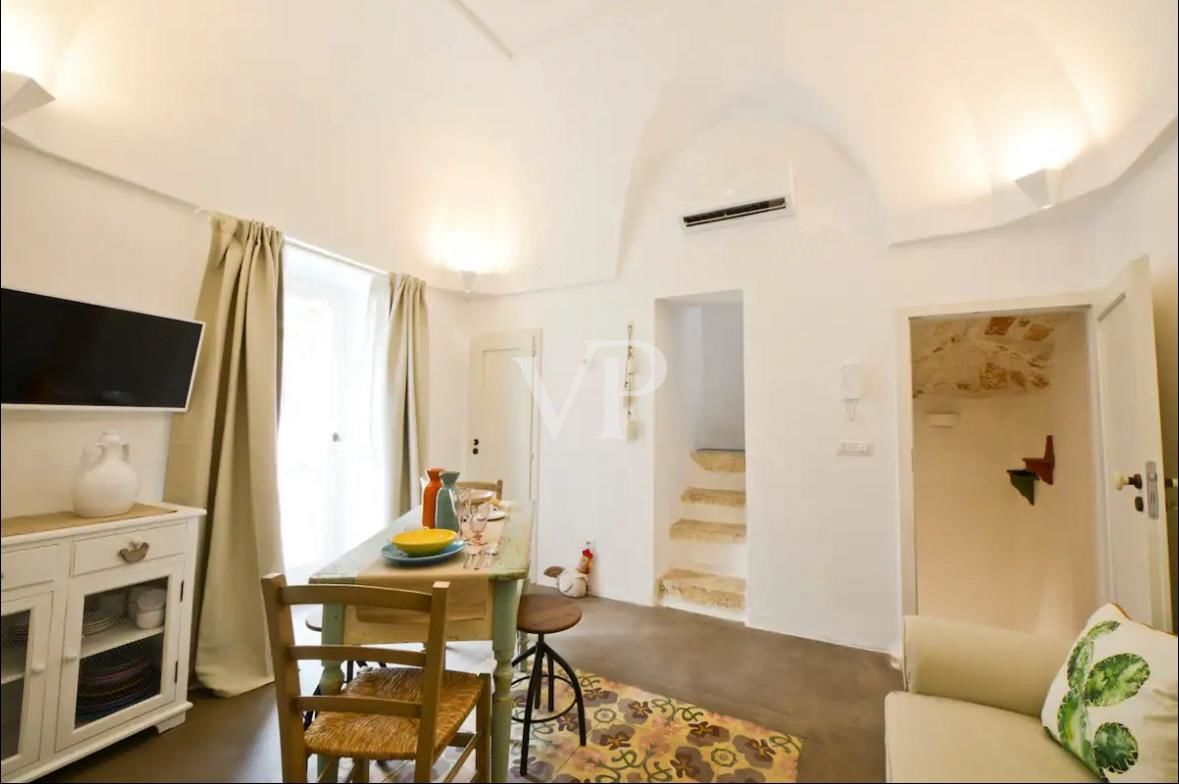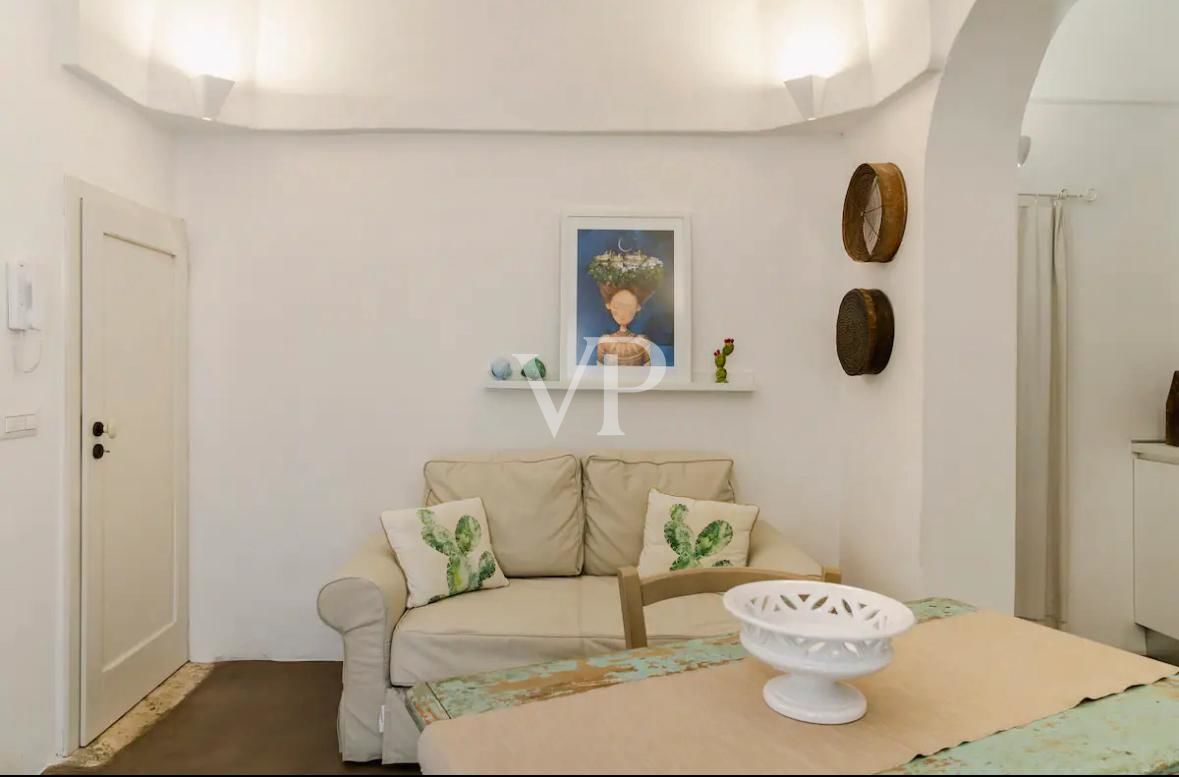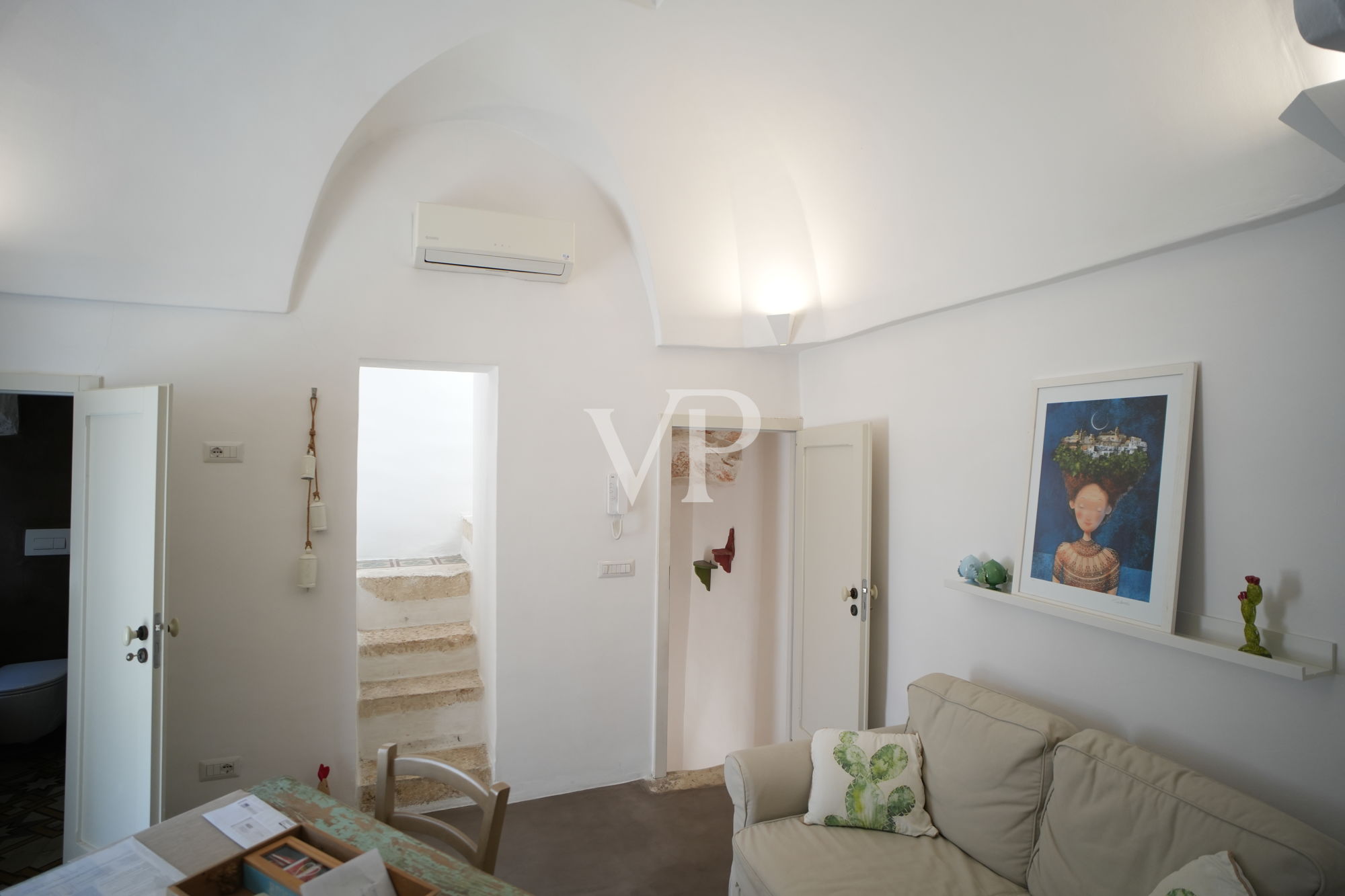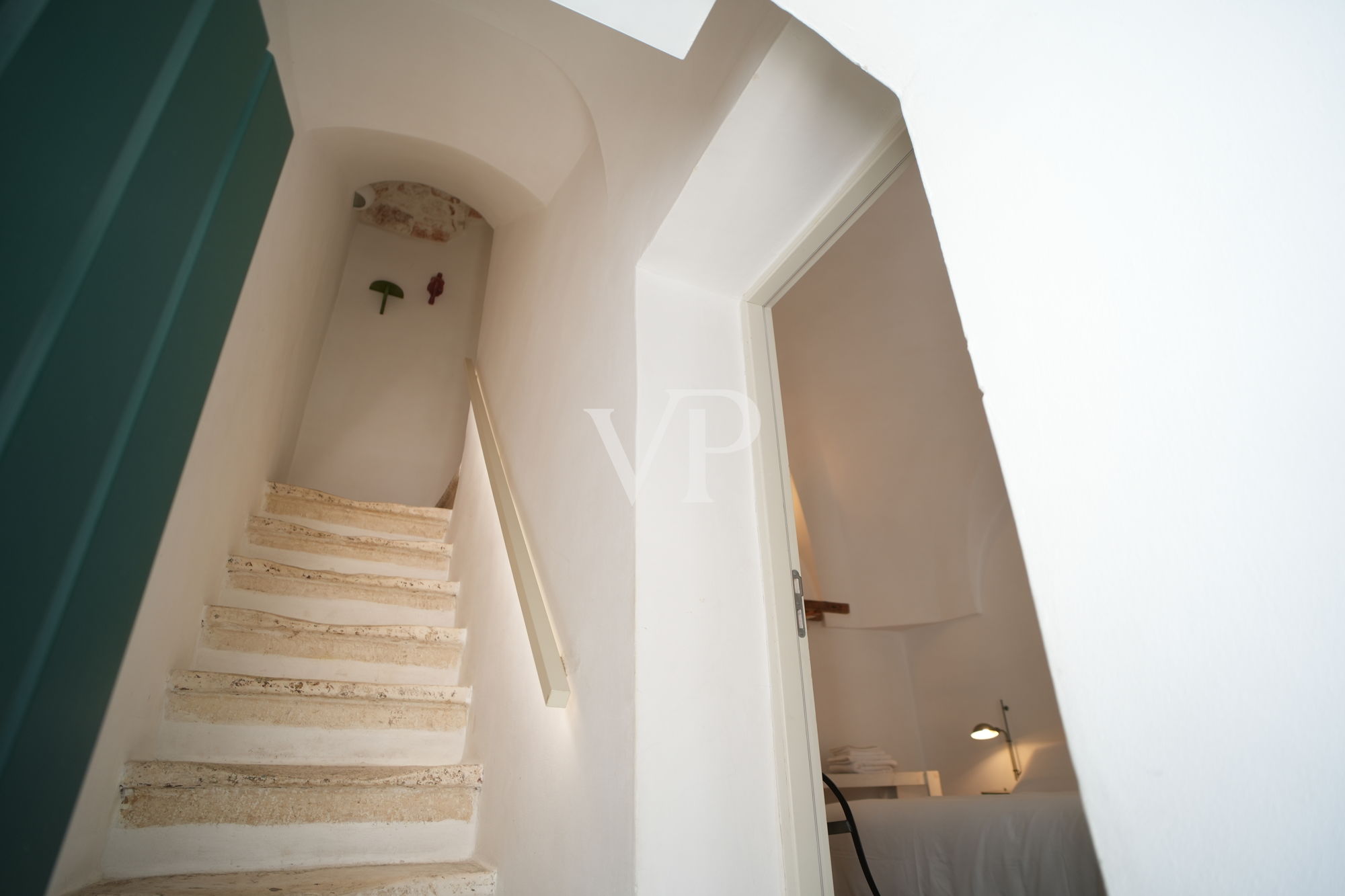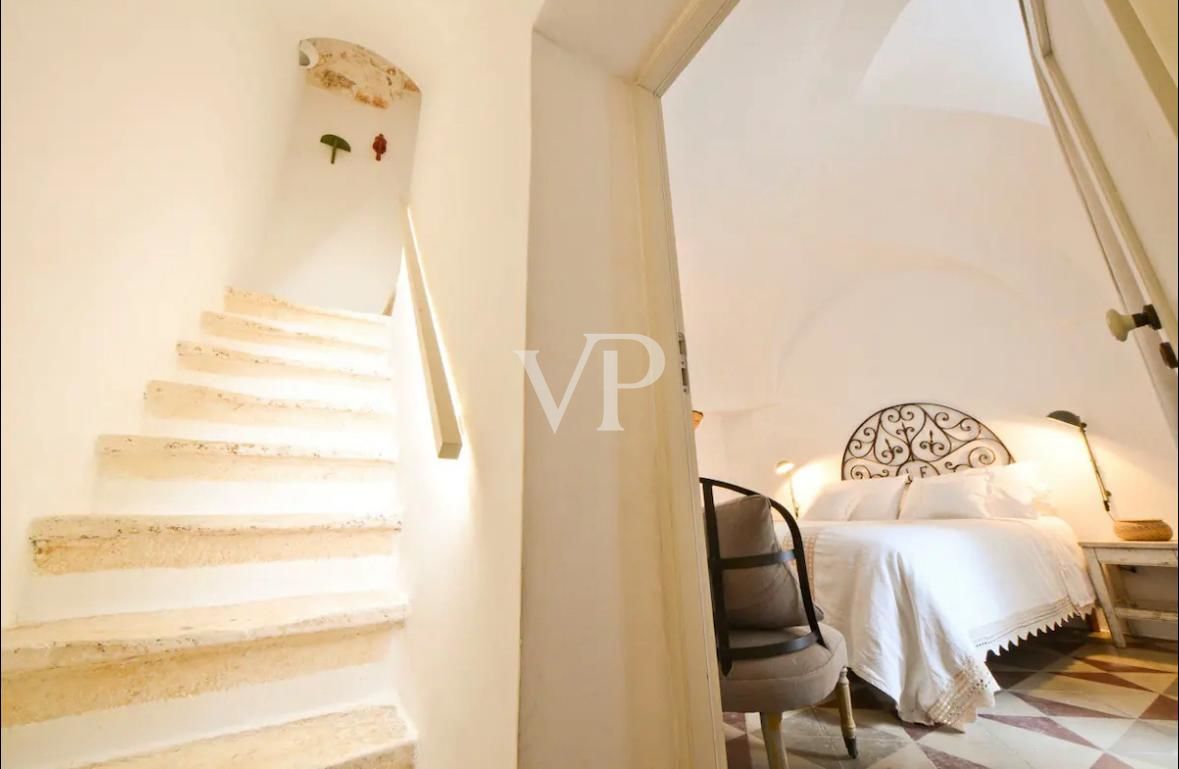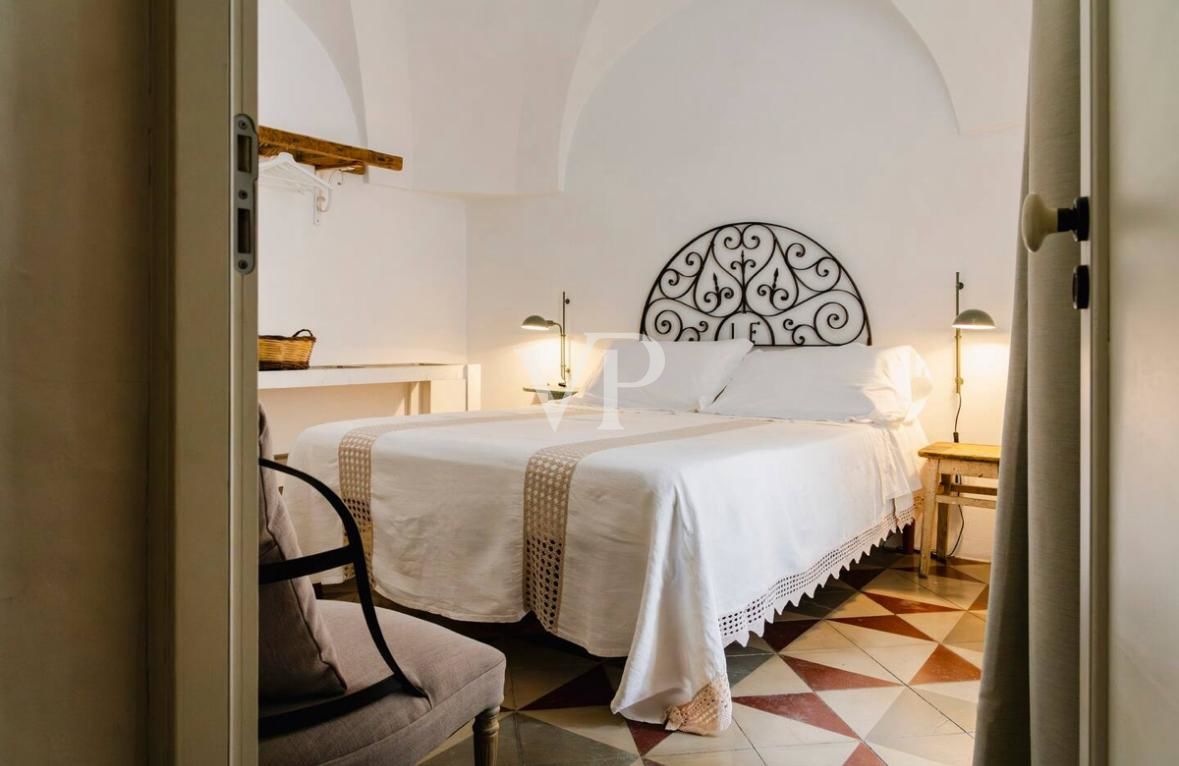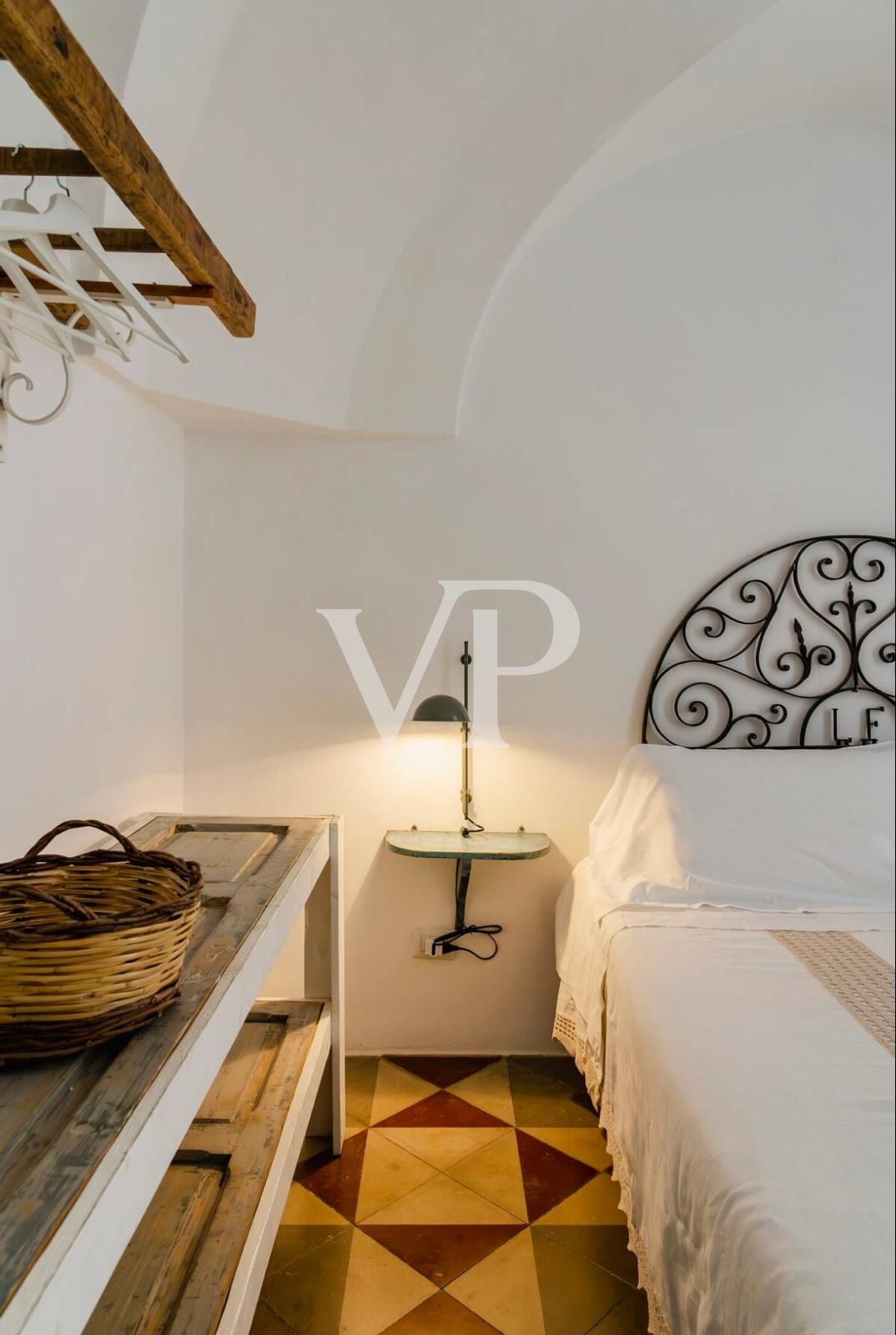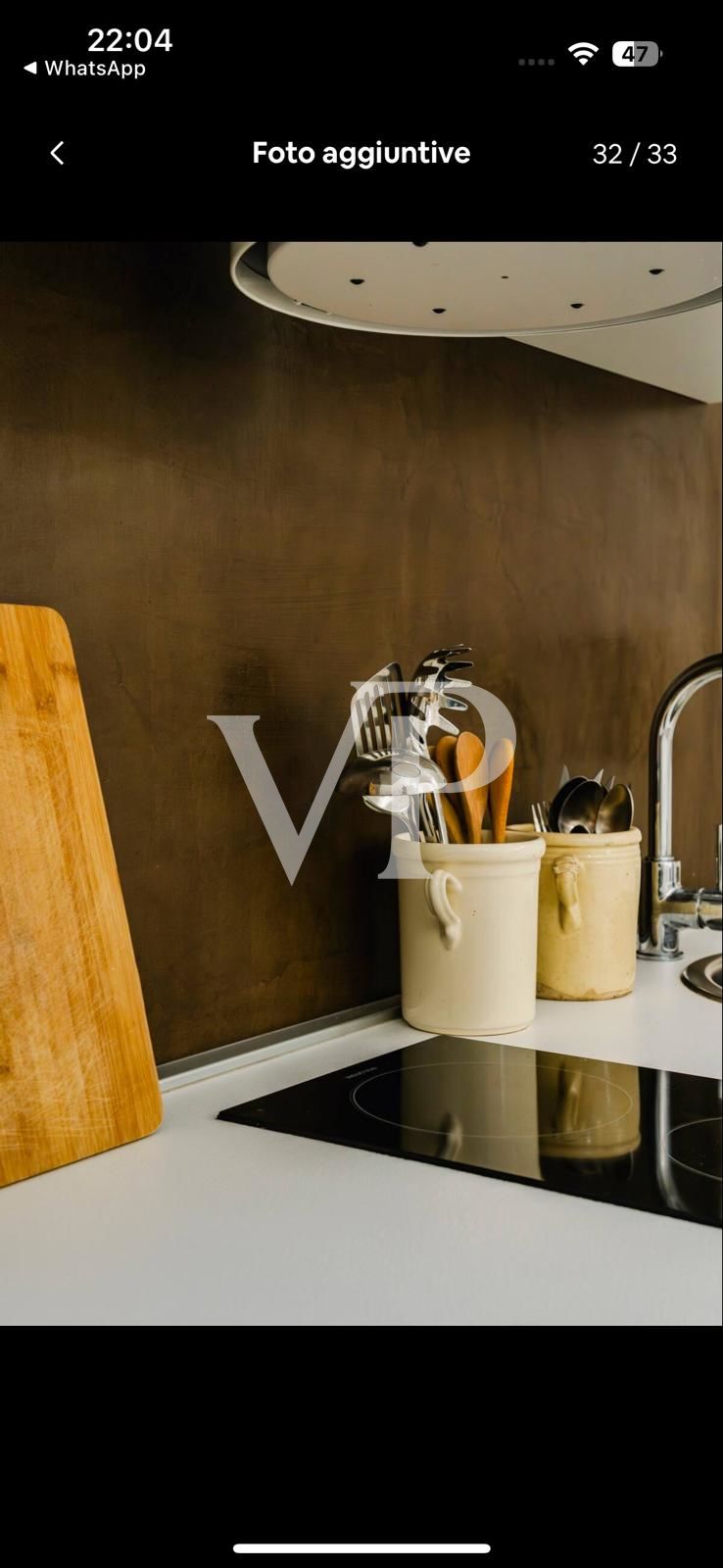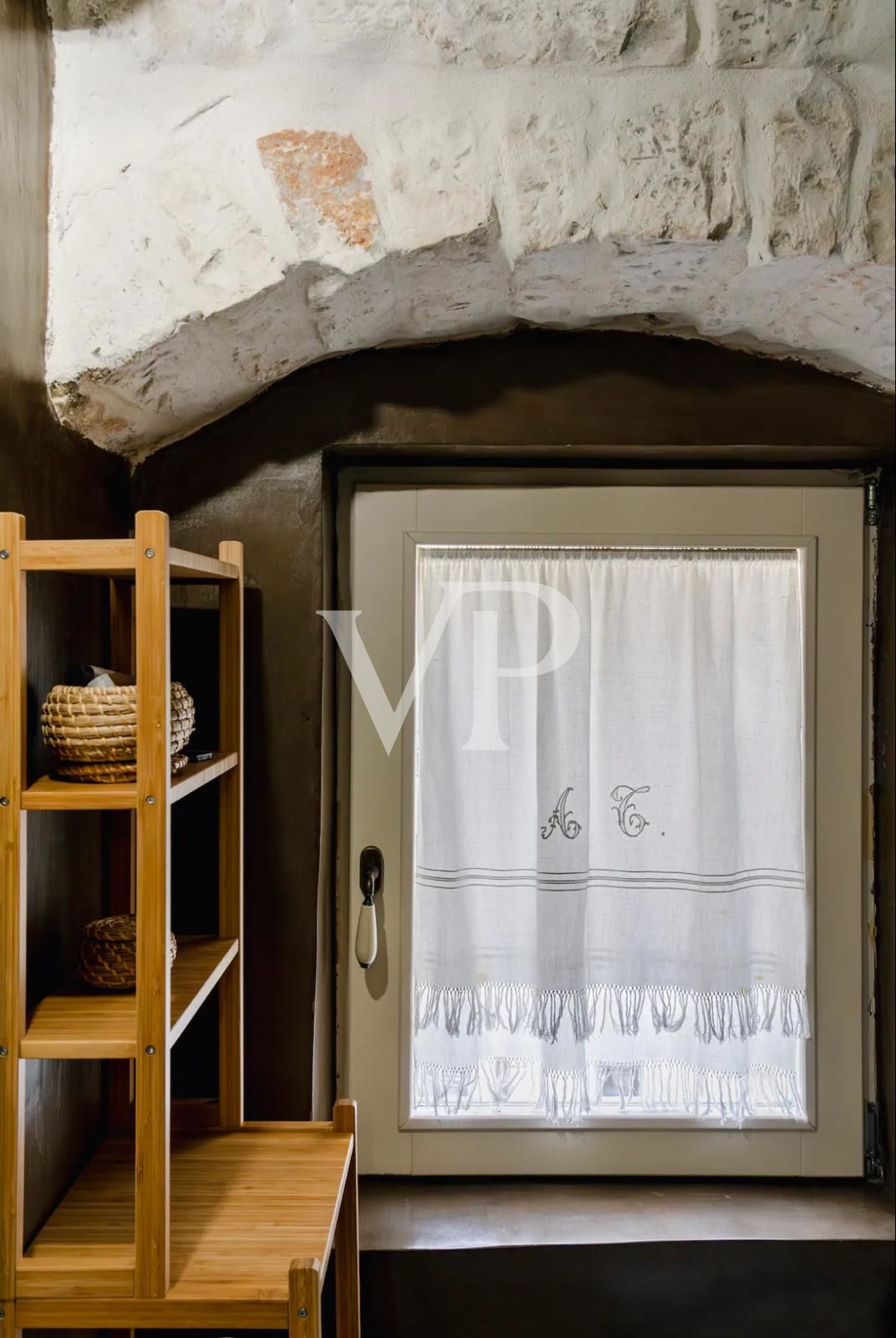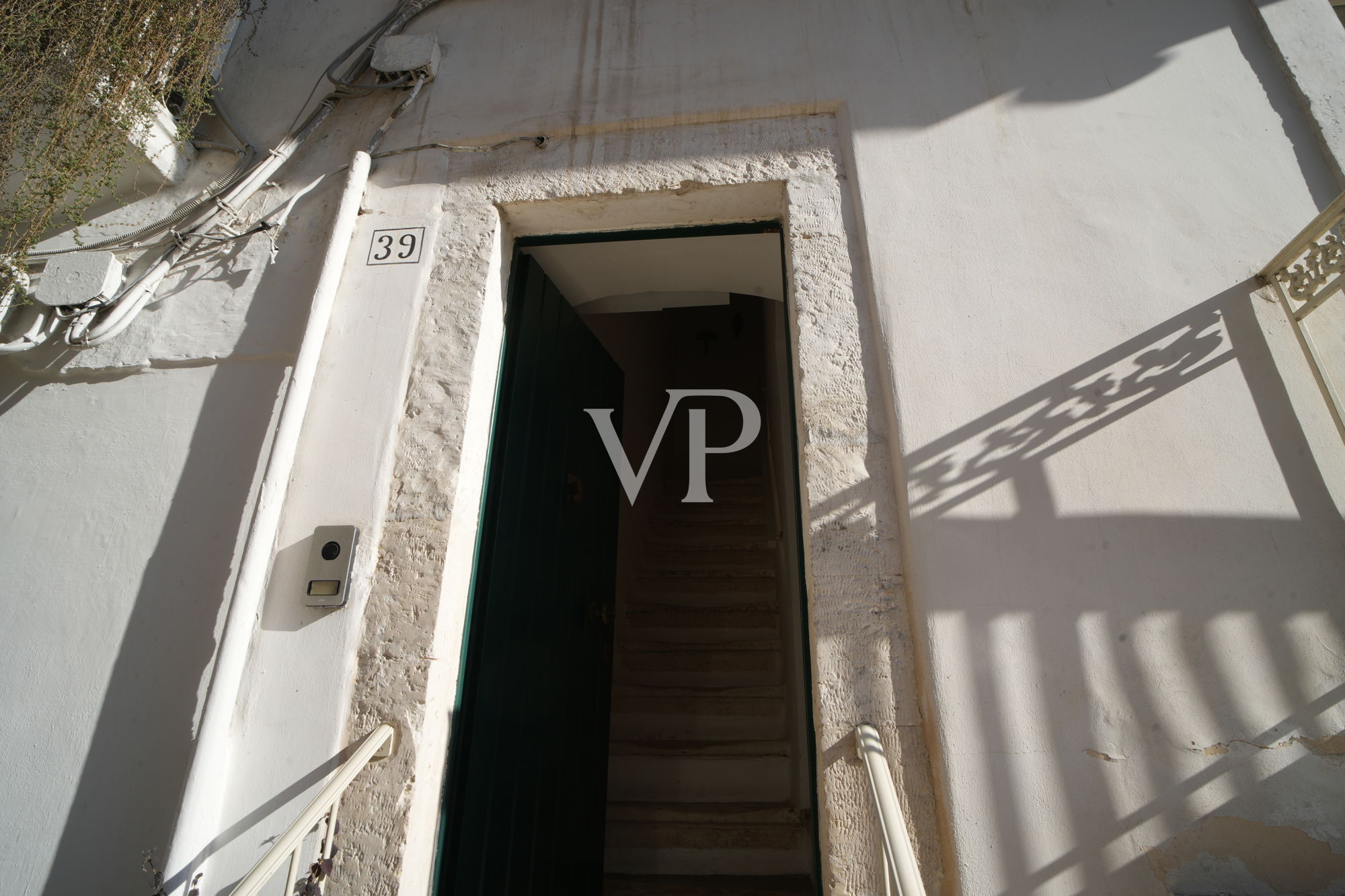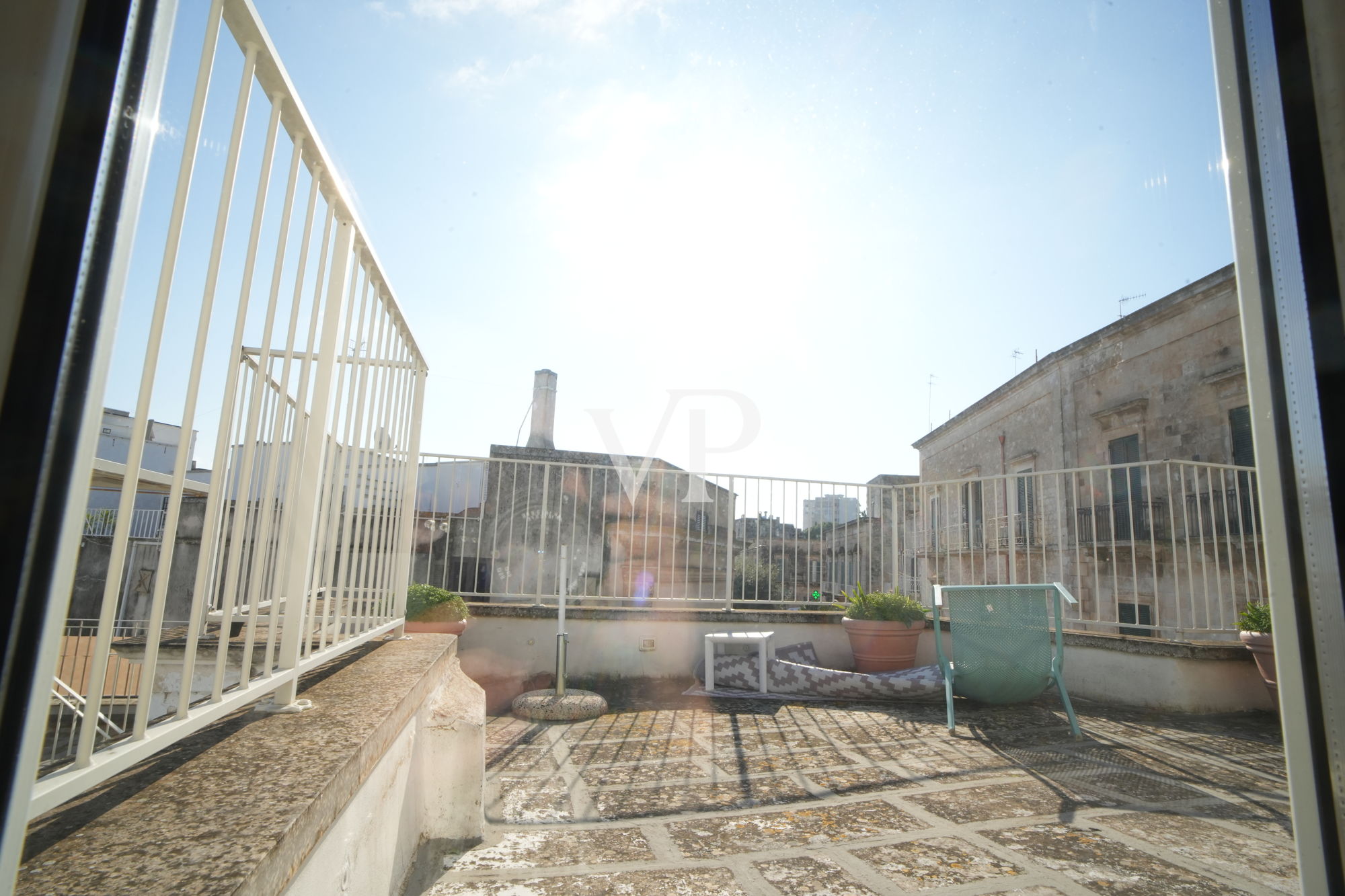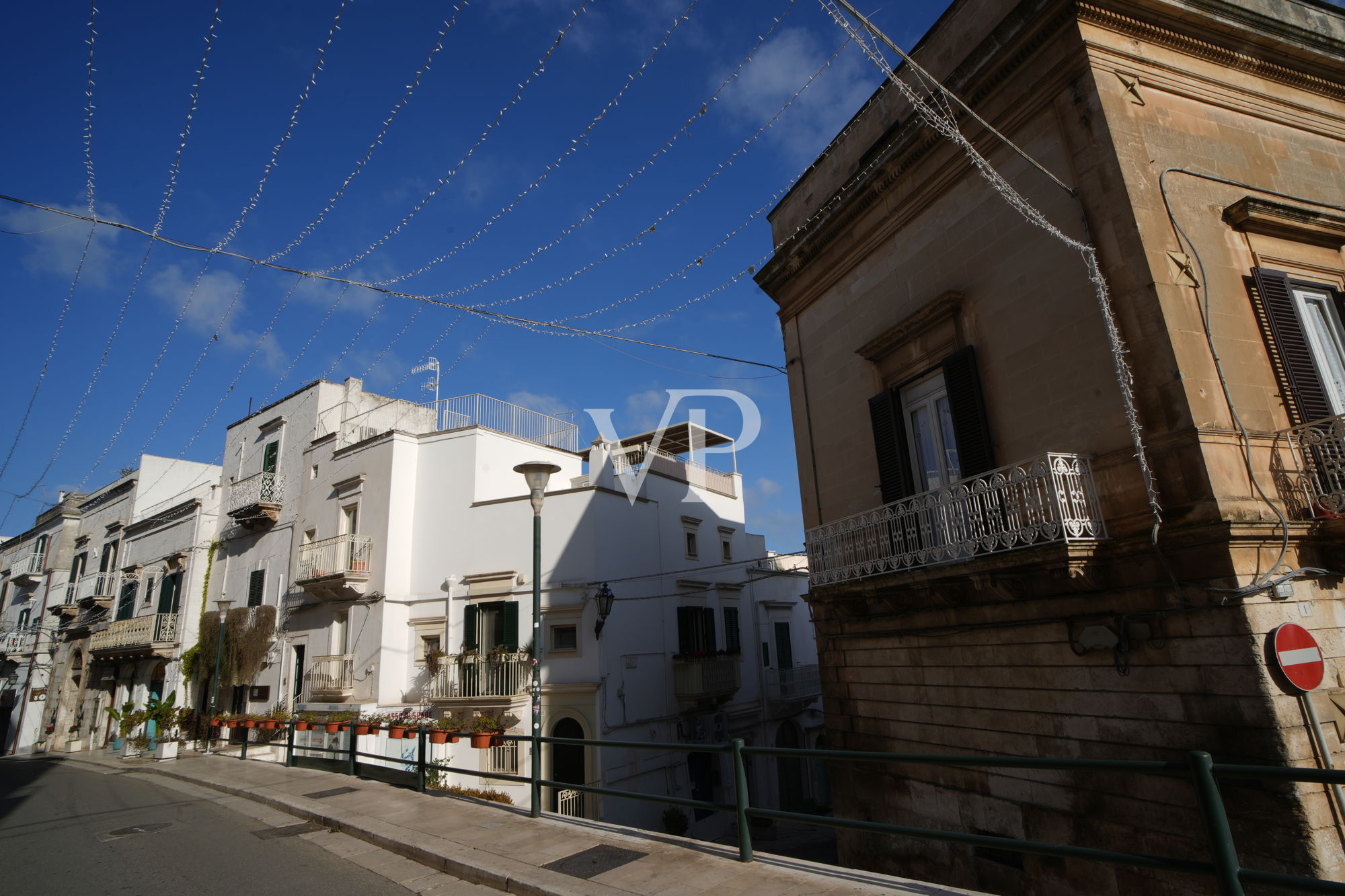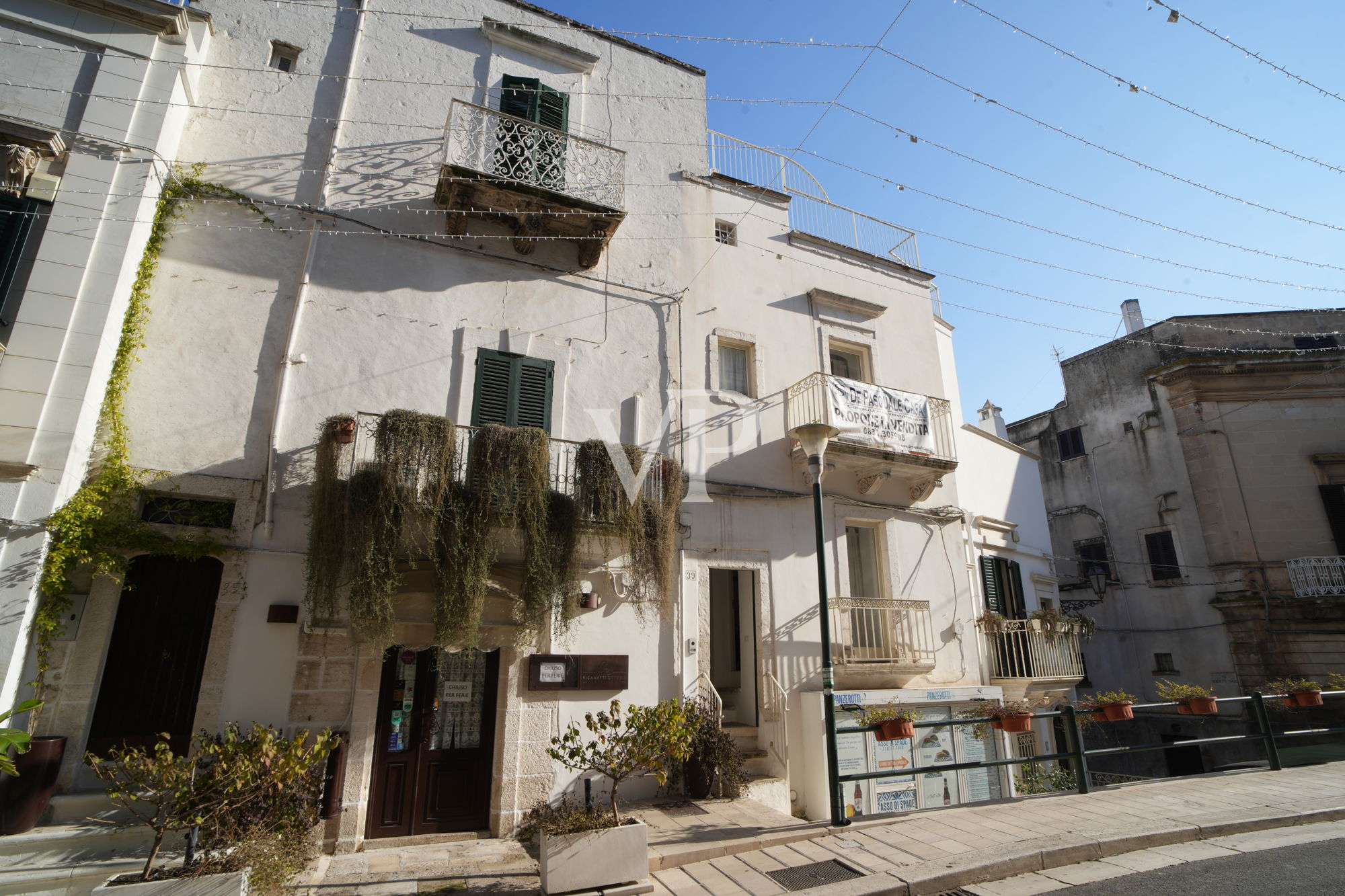For sale in the semi-central area of the historic town of Ostuni, newly renovated terraced house that retains the typical and characteristic materials of the time of construction.
The cottage in perfect condition, is on two levels and consists of the ground floor where there is the entrance hall and a bedroom, continuing with a half flight of stairs leads to the second floor, where we have the living room with open kitchen, a bathroom and a storage room. Another half flight of stairs leads to the terrace of 6 square meters overlooking the roofs of the houses of the historic center and churches of the town of Ostuni, a town very rich in history and culture.
The property is located at Via Cavour No. 39, right in the old town of Ostuni, which is the unmistakable jewel that gives the town its picturesque urban identity. It is referred to by the people of Ostuni as the Land. Painted only white, it stands on the highest hill in the urban area. Here it is all a multiplication of levels, of ups and downs, of alleys and stairways, of tangled little streets that cross arches and small squares. On its summit stand the monumental Cathedral and the Bishop's Palace, which can be reached with a 10-minute walk.
Living Space
ca. 56 m²
•
Total Space
ca. 66 m²
•
Rooms
2
•
Purchase Price
230.000 EUR
| Property ID | IT242941725 |
| Purchase Price | 230.000 EUR |
| Living Space | ca. 56 m² |
| Terrace space | ca. 5,5 m² |
| Commission | Subject to commission |
| Total Space | ca. 66 m² |
| Available from | 25.03.2025 |
| Rooms | 2 |
| Bedrooms | 1 |
| Bathrooms | 1 |
| Year of construction | 1700 |
| Usable Space | ca. 66 m² |
| Equipment | Terrace |
Energy Certificate
0
25
50
75
100
125
150
175
200
225
250
>250
A+
A
B
C
D
E
F
G
H
179.81
kWh/m2a
F
| Energy Certificate | Energy demand certificate |
| Energy certificate valid until | 20.03.2028 |
| Type of heating | Single-storey heating system |
| Final Energy Demand | 179.81 kWh/m²a |
| Energy efficiency class | F |
| Power Source | Gas |
| Energy Source | Gas |
Building Description
Locations
The town of Ostuni (about 33,000 inhabitants) owes its name "White City" to the color of most of the town's dwellings, especially the historic center. Actually, the reason why the white color was chosen is not as poetic as observing this little pearl of Salento from afar. In fact, during the Middle Ages the town of Ostuni was repeatedly struck by the plague and covering the walls with white lime allowed to sanitize the area and make it aseptic. It was a choice that followed a necessity, but over the years it also proved to be an added value for the beauty of a snow-white landscape, shining under the warm rays of the sun.
Features
- Gas-fired central heating
- Air conditioning
- Renovated
- Terrace
- Possibility to put it on income as Airb&b
- Air conditioning
- Renovated
- Terrace
- Possibility to put it on income as Airb&b
Other information
The municipality of Ostuni (about 33,000 inhabitants) stands on the last offshoots of the southern Murgia. Its old town, called La Terra, is unmistakable the blinding monochrome coloring of its built-up area, which is strictly white. The lime-painted houses and peculiar topography have earned it fairy-tale epithets, such as Città Bianca, Regina degli Ulivi, Città Presepe, II ancient nucleus-probable support of the Messapian acropolis-is in fact clambering up the steep sides of a hill and has an ellipsoidal plan, clearly expressed by the city walls reinforced by Aragonese towers. Eight of the original 15 remain, as do good parts of the ramparts that enclosed the medieval town. Ostuni is a fascinating tangle of narrow, winding streets, a succession of courtyards, small squares and alleys that once led to five gates that opened into the city walls, equipped with towers, plumbed posts and bartizas. The only real street that reaches the apex of the "cone" and divides the old town into two parts is Cathedral Street, while all the others that intersect it are blind alleys or steep, narrow stairways. Here are cubicular dwellings, often carved into the rock, joined by arches and half-arches that act as buttresses and supports; as well as palaces that, by their noble coats of arms, portals and variety of architectural lines, with patches of golden ochre shade the blinding glow of the white labyrinth, On the top of the hill, finally, stands the Cathedral, an admirable synthesis of Romanesque, Gothic and Venetian elements, overlooking the Plain of centuries-old olive trees to the sea.
